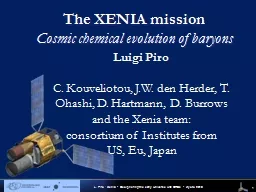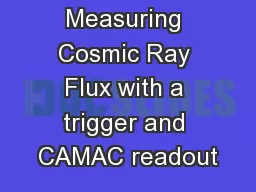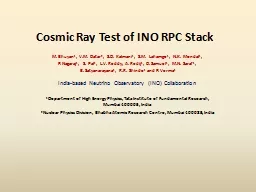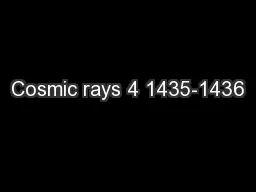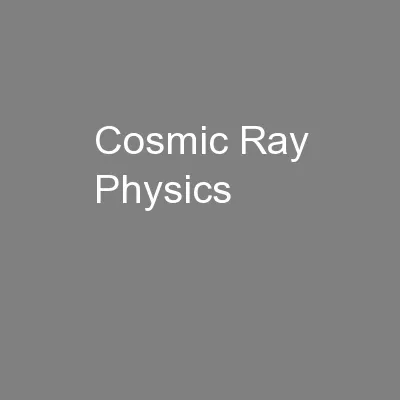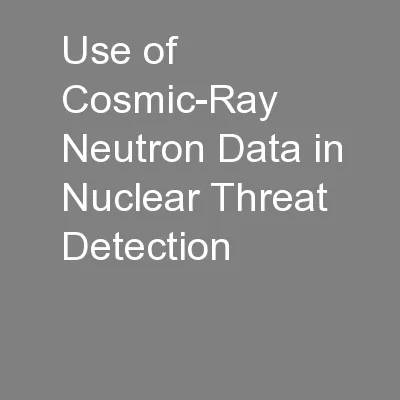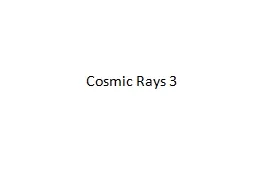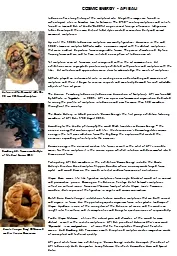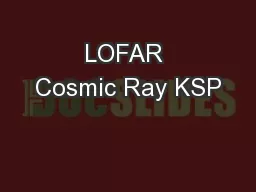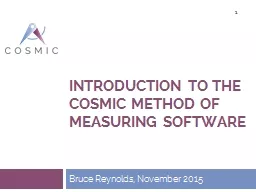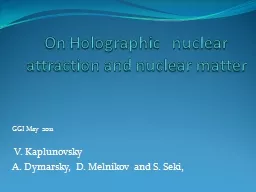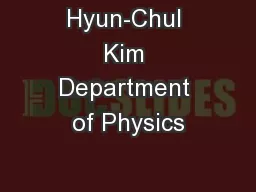PPT-The XENIA mission Cosmic chemical evolution of baryons
Author : mjnt | Published Date : 2020-11-06
Luigi Piro C Kouveliotou JW den Herder T Ohashi D Hartmann D Burrows and the Xenia team consortium of Institutes from US Eu Japan Xenia
Presentation Embed Code
Download Presentation
Download Presentation The PPT/PDF document "The XENIA mission Cosmic chemical evo..." is the property of its rightful owner. Permission is granted to download and print the materials on this website for personal, non-commercial use only, and to display it on your personal computer provided you do not modify the materials and that you retain all copyright notices contained in the materials. By downloading content from our website, you accept the terms of this agreement.
The XENIA mission Cosmic chemical evolution of baryons: Transcript
Download Rules Of Document
"The XENIA mission Cosmic chemical evolution of baryons"The content belongs to its owner. You may download and print it for personal use, without modification, and keep all copyright notices. By downloading, you agree to these terms.
Related Documents

